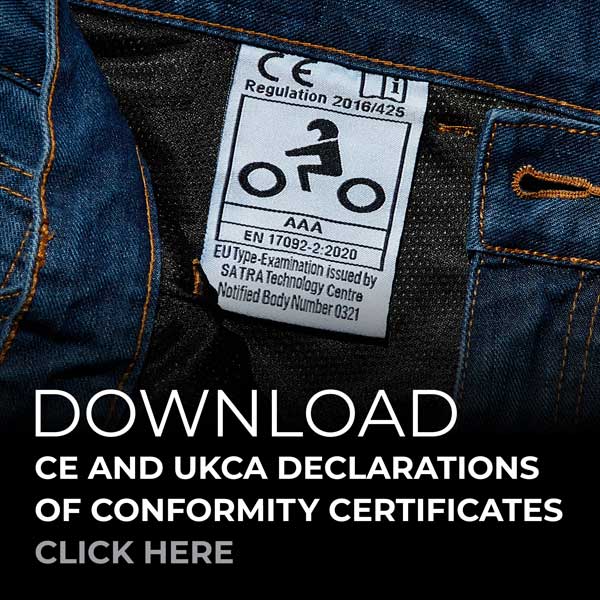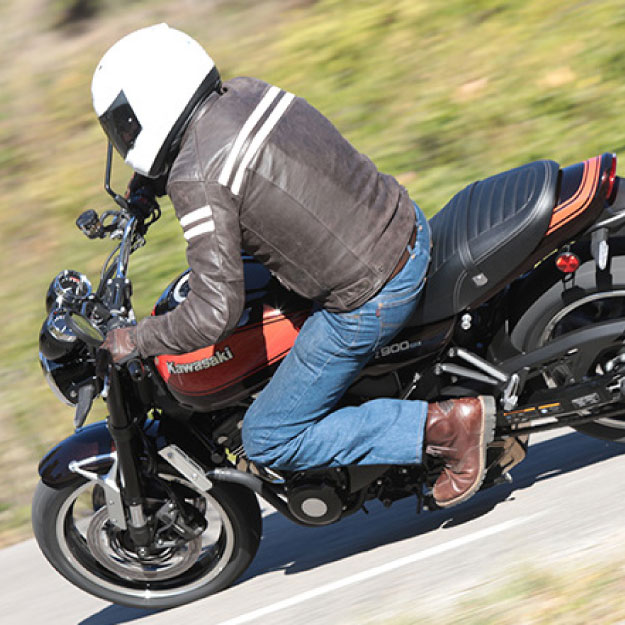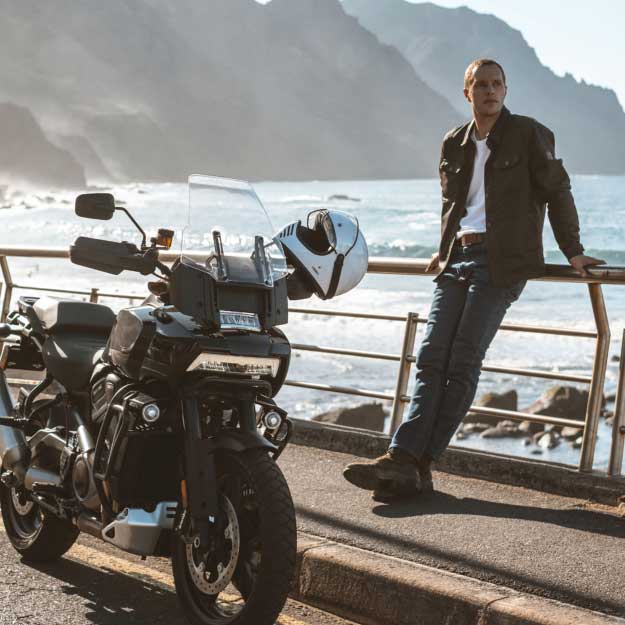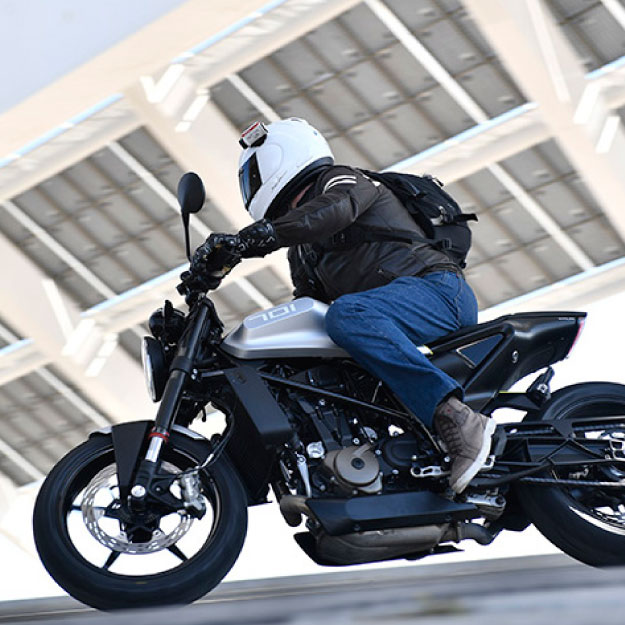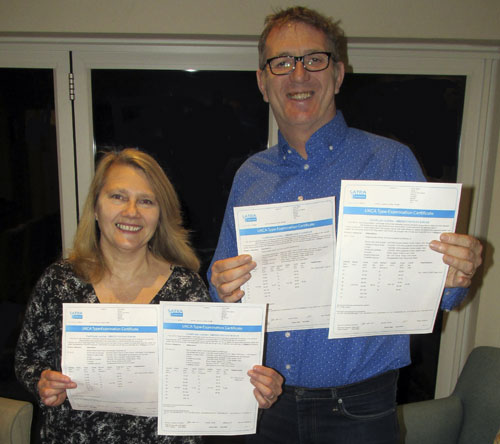CE AND UKCA certification
Since 21 April 2018 all motorcycle clothing sold in the UK has been required by law to be CE approved. From that date motorcycle clothing has been classed as Personal Protective Equipment (PPE), and is therefore required to be tested and certified by an independent body.
The CE and UKCA testing and certification process focuses on six main areas: Dimensional stability; Impact energy absorption (Class AAA and AA); Impact abrasion resistance; Seam strength; Tear strength; Fit and ergonomics. All these elements need to be tested and certified. It is not enough to just test the abrasion qualities, and then claim the garment to be fully CE approved.
Manufacturers, distributors and retailers are all legally responsible to insure the garments that they produce and sell in the UK are CE approved. Always look for a CE label sewn into the garment, and check for the ‘User Information Booklet’ and ‘Declaration of Conformity’, both required elements for full CE certification.
The Hood K7 Infinity Jean was launched 21 April 2018, it was the first Jean in the UK to be certified to the prEN 17092-3; Class AA. The K7 Infinity Jean’s launch date coinciding with the introduction of prEN 17092 standard, this was no coincidence, we had been working on products for some time and were at the forefront of testing and certification for the new standard.
From 21 April 2018 the standard was covered by the provisional standard prEN 17092:2017 (‘pr’ standing for provisional). In 2020 the standard was finalised, and is now known as EN 17092:2020.
Classifications Explained
The AAA, AA, A and B classifications of motorcyclists’ clothing specified in provisional European Standard prEN 17092-1:2017 (February 2017) can be described as follows:
EN 17092-2 – Class AAA garments. The highest level of protection, against the highest level of risks. The AAA class has particularly high levels of abrasion resistance. Testing requirements; 707.4rpm (the velocity of the sample holder being equivalent to 120km/h) in Zone 1, 442.1rpm (equivalent to about 75km/h) in Zone 2 and 265.3rpm (equivalent to around 45km/h) in Zone 3.
EN 17092-3 – Class AA garments. The second highest level of protection. The AA class is well suited for touring riders and has a relatively high abrasion resistance. Testing requirements; 412.6rpm in Zone 1, 265.3rpm in Zone 2 and 147.4rpm (the equivalent of around 25kmh) in Zone 3.
EN 17092-4 – Class A garments. The third highest level of protection. The clothing is light, well suited for low speed urban / leisure use, it provides the lowest abrasion protection. Testing requirements; Zone 1 requiring 265.3rpm and 147.4rpm in Zone 2. There’s no requirement for abrasion resistance in Zone 3 materials.
EN 17092-5 – Class B garments. This class of garments is designed to provide the equivalent abrasion protection of Class A garments, but without the inclusion of impact protectors.
The Hood K7/B (S) and SK11/B are Class B, this option does not offer impact protection and it is recommended that they be worn with, at least, EN 1621-1 knee impact protectors, to offer complete minimum protection.
Hood Jeans class certifications
- K7/B (S) Jean: CE certified to EN 17092-5, Class B, NO impact protectors
- K7/AAA (S) Jean: CE certified to EN 17092-2, Class AAA, D3O® T5 X Hip and Knee Armour as standard
- K7/AAA (S) Jean: CE certified to EN 17092-2, Class AAA, D3O® GHOST™ Hip and Knee Armour upgrade
- K7/AAA (S) Jean: CE certified to EN 17092-2, Class AAA, D3O® GHOST™ Level 2 Hip and Knee Armour upgrade
- SK11/B Jean: CE certified to EN 17092-5, Class B, NO impact protectors
- SK11/AAA Jean: CE certified to EN 17092-2, Class AAA, D3O® GHOST™ Hip and Knee Armour
- SK11/AAA Jean: CE certified to EN 17092-2, Class AAA, D3O® GHOST™ Level 2 Hip and Knee Armour upgrade

